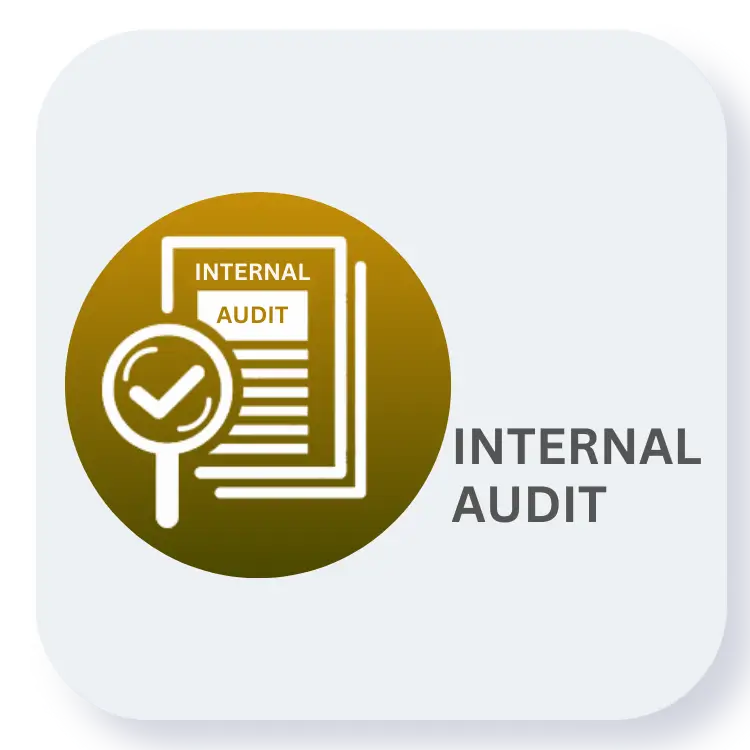
























An audit is the independent examination of an organization's financial report as presented in its annual report. The financial report typically includes critical documents such as the balance sheet, income statement, statement of changes in equity, cash flow statement, and accompanying notes that provide details about the accounting policies and other explanatory information.The primary goal of an audit is to assess whether the financial report fairly represents the financial position of the organization as of a particular date. This evaluation ensures transparency and helps determine whether the figures in the balance sheet accurately reflect what the organization owns and owes, as well as whether the profits or losses have been appropriately calculated.Audits are essential for maintaining trust between the organization and its stakeholders, such as shareholders, investors, regulators, and creditors. The audit process must follow established auditing standards, typically set by government bodies or accounting regulatory authorities. Once the auditors complete their examination, they issue an audit report outlining their findings and presenting an opinion on whether the financial report provides a true and fair view of the organization’s financial standing.
An audit aims to ensure that the financial information presented is reliable, accurate, and complies with legal and financial reporting standards. For instance:
Audits are legally required for all listed companies and most limited liability companies, although other entities such as non-profits, government organizations, and privately-owned businesses may also be required or opt to conduct audits to ensure financial accountability.
The audit process is systematic and structured, comprising several stages designed to provide an objective and detailed examination of the organization's financial report.
While audits provide valuable assurance to stakeholders, it’s important to understand the scope and limitations of what auditors do during the process of auditing.
While an external audit is typically performed by independent auditors from outside the organization, an internal audit is conducted by an in-house team or an internal auditing firm. Both types of audits serve important roles but have different purposes and scopes.
The process of internal auditing is similar to external audits but is more focused on improving internal operations and ensuring compliance with organizational policies. Here are the steps involved in an internal audit:
Auditing, both internal and external, plays a crucial role in ensuring that organizations remain compliant with financial reporting standards, legal regulations, and internal policies. Audits help maintain the trust of investors, shareholders, and the public by providing an independent evaluation of an organization’s financial health.Moreover, internal audits offer organizations the opportunity to improve internal controls, mitigate risks, and enhance operational efficiency. External audits, on the other hand, provide a critical check on the accuracy of financial reporting, ensuring transparency and accountability.In conclusion, the audit process, whether conducted internally or externally, is essential for the smooth functioning of any organization. It provides assurance that the financial statements are free from material misstatements, while also highlighting areas where internal controls can be strengthened. Through these processes, audits help organizations build and maintain the trust of their stakeholders.